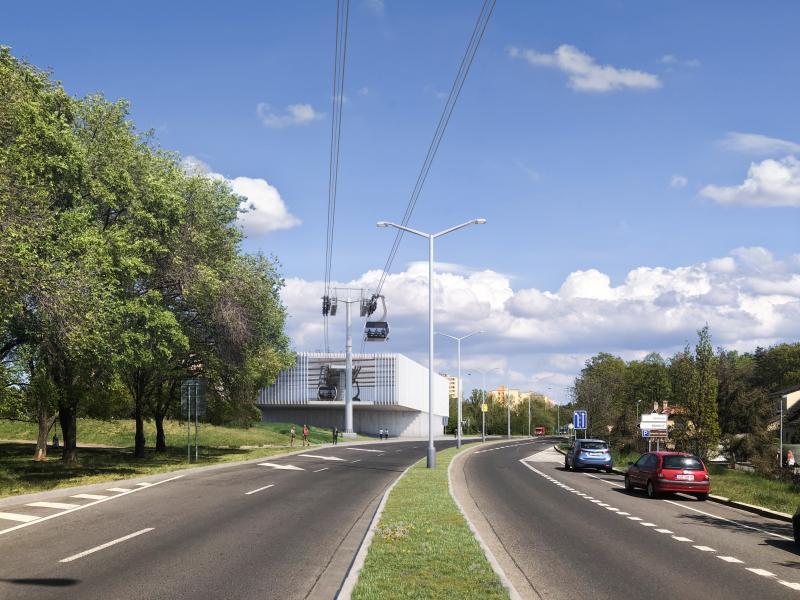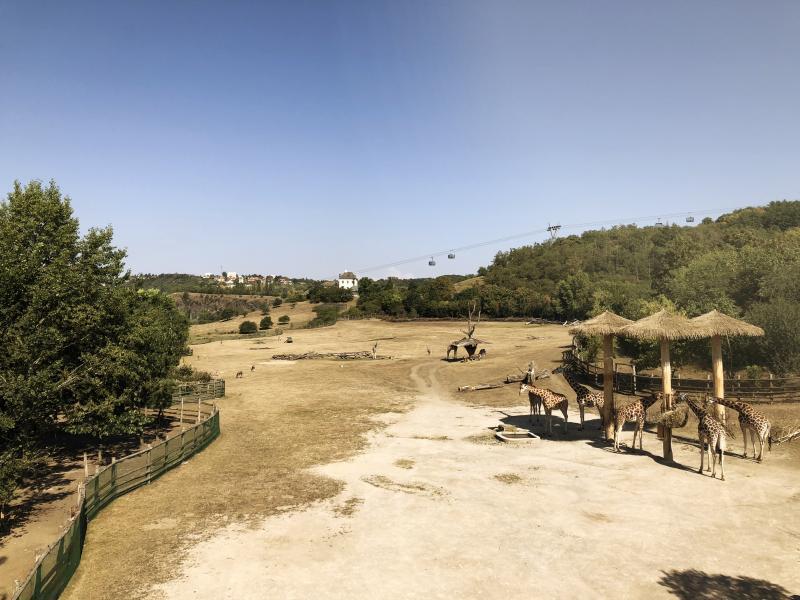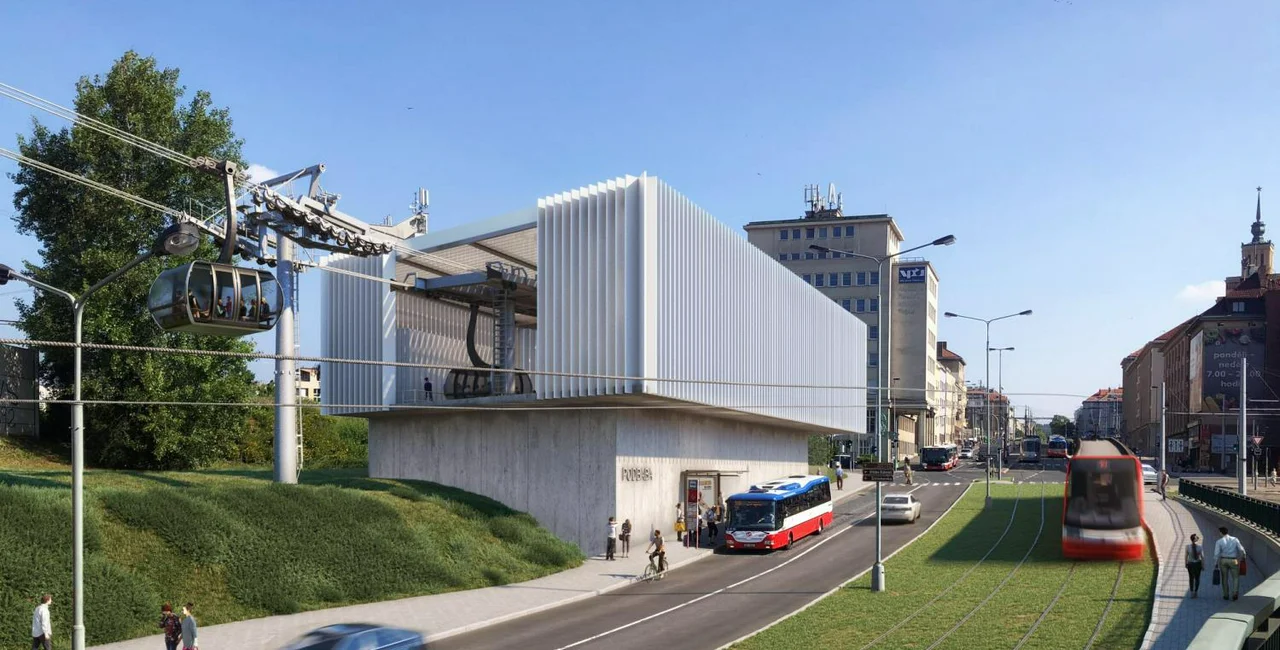The long-discussed cable car in Prague 6 and Prague 8 should be in operation within five years. It will cross the Vltava river to connect linking Podbaba, Troja and Bohnice. The route will have stops at the tram and railway station Nádraží Podbaba, at Podhoří in Troja and at the Na Pazderce bus stop in the Bohnice housing project.
The 2.5 kilometers long journey from Bohnice to Podbaba will take only seven minutes, while now it takes up to three-quarters of an hour and requires a trip to the city center.
The cable car will be in operation ahead of a planned tram line that will also link Prague 6 and Prague 8.
“We are working on a tram line, but for that we will need to build a new bridge over the Vltava and also an almost kilometer-long excavated tunnel in the rock up to Bohnice. We were therefore looking for a faster solution to connect Prague 6, Troja and Prague 8,” Prague Deputy Mayor Adam Scheinherr (Praha sobě), responsible for transportation, said on the City Hall website.
“We will build the cable car for Praguers within five years. It is another step toward better and more modern public transport. We were inspired by, for example, the cable cars in Kolbenz, Germany; Porto, Portugal; and Brest, France. The cable car will take the same number of people as a main tram line, will be four times cheaper and will remain as an alternative after the completion of the tram line,” he added.
He gave more details on Facebook. “I think that the people from Šestka (Prague 6) and Osmička (Prague 8) have been waiting a long time for a proper connection. That’s why we have now prepared a much faster solution for launch — a modern and comfortable cable car. Lítačka will pay for it and the journey from Bohnice to Podbaba will take only seven minutes instead of today’s detour through the center. And best of all, we’ll take the cable car in five years. I promise!” he said.

The transport capacity will set at be 2,000 people per hour in one direction, which corresponds to one tram line at an interval of four minutes. Technically, it will be possible to transport up to 6,000 people per hour.
There is already high demand in the place for the connection. Some 25,000 people live in the Bohnice housing projects, in Dejvice and Bubeneč there are tens of thousands of university students, theaters, cinemas, shopping centers and offices, while Troja has Prague Zoo, the Botanical Gardens and parks.
The introduction of public transport in this area is technically very difficult. Construction on the tram from Podbaba, requiring a new bridge and excavated tunnel, will not begin until 2030. First there will be the opening of a tram line from the Kobylisy metro to the final cable car stop in Bohnice and the tram line from Podbaba to Suchdol, which will then bring a tram to the cable car stop in Troja.

“If you need to get today from the Krakow stop in the Bohnice housing project to Vítězné náměstí in Prague 6, you have to take a bus to the Kobylisy metro station, from there by the Vltavská metro station and then by tram. Or from Kobylisy by metro to the center with a transfer at Muzeum and then up again by the A line to Dejvická. Both options take 40 minutes. We will shorten the journey by cable car to 15 minutes with the journey to its stops. Praguers will also not have to drive through the busy center unnecessarily,” Scheinherr said.
An environmental impact assessment should be completed within 60 days . This is a normal procedure mandatory for all infrastructure constructions. The cable car system is designed with a service life of at least 30 years.
Costs for the construction of a cable car system in 2018 was estimated between 1 billion CZK and 1.5 billion CZK, with the system taking up a minimum of surface space, though there have been some changes to the general plan since then.
The cable cars will use a three-cable system that can withstand very strong wind. The cabin is supported by two cables and powered by the third. Entry and exiting the cabin has been designed to be safe and comfortable. The system has safety elements built in to make evacuation easy in case the cable loses power, according to previous reports.












 Reading time: 3 minutes
Reading time: 3 minutes 
























